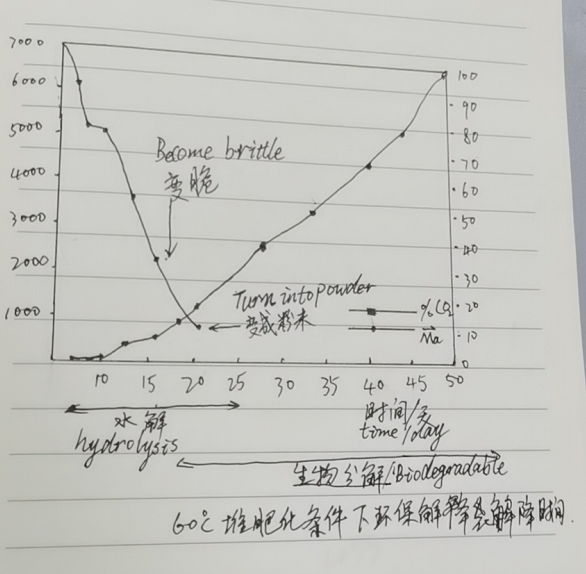According to the literal meaning of the environmental protection degradation bag, it is a bag that does not pollute the environment and can be degraded at the same time. At present, it mainly refers to biodegradable bags, that is, polylactic acid biodegradable bags (PLA). Today, I will mainly explain the degradable raw materials of the polylactic acid biodegradable bag and the conditions required for degradation.
The eco-degradable bag is actually not easily decomposed, just like the natural biodegradable polymer cotton and silk, it will not decompose during use. Cotton and silk products are generally biodegraded (moulded) from the place where there is dirt when they are placed deep in the cabinet in midsummer. In other words, the beginning of biodegradation requires a high-temperature, high-humidity environment and microbial nutrient sources, and the same is true for environmentally friendly degradation bags. Since the general introduction of environmentally friendly degradable bags is “plastics that can be restored in the soil”, there are often consumer complaints that “buried in the yard but will not decompose”. “Put it in a household composting device but not decompose it” and so on. No decomposition, or slow decomposition, must be due to the lack of high temperature, high humidity, and nutrient sources.
It can be seen from the above that the decomposition of environmentally friendly degradation bags is greatly affected by temperature and humidity. At room temperature (25°C), the hydrolysis starts half a year later, and it takes nearly a year for the biological decomposition to start. In the initial decomposition, microorganisms have little effect, which is also an important feature of environmentally friendly degradation bags.

However, under high temperature (60°C to 70°C) and high humidity (50% to 60%) environments such as composting, decomposition will proceed rapidly. The figure shows that the average molecular weight of the environmentally friendly degradation bag is 100,000. When the molecular weight becomes 20,000, it becomes brittle, and when it becomes 10,000, it becomes crushed. At the same time, it begins to biologically decompose into lactic acid and lactic acid oligomers, releasing carbon dioxide. This two-stage decomposition mechanism is a characteristic of environmentally friendly degradation bags. Therefore, for environmentally friendly degradable bag products, the best treatment method is to compost.






